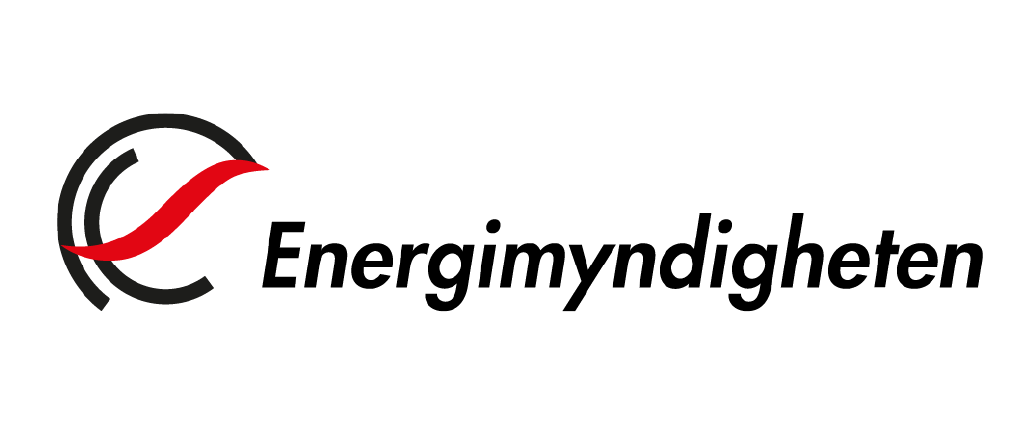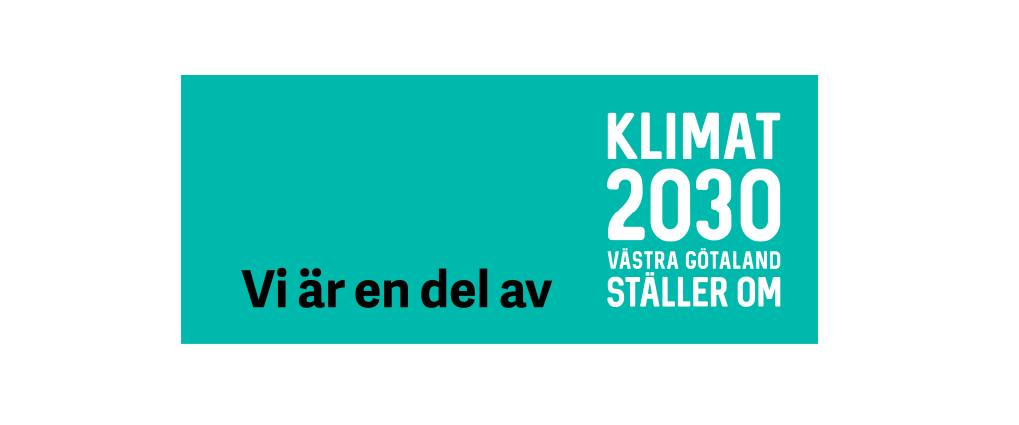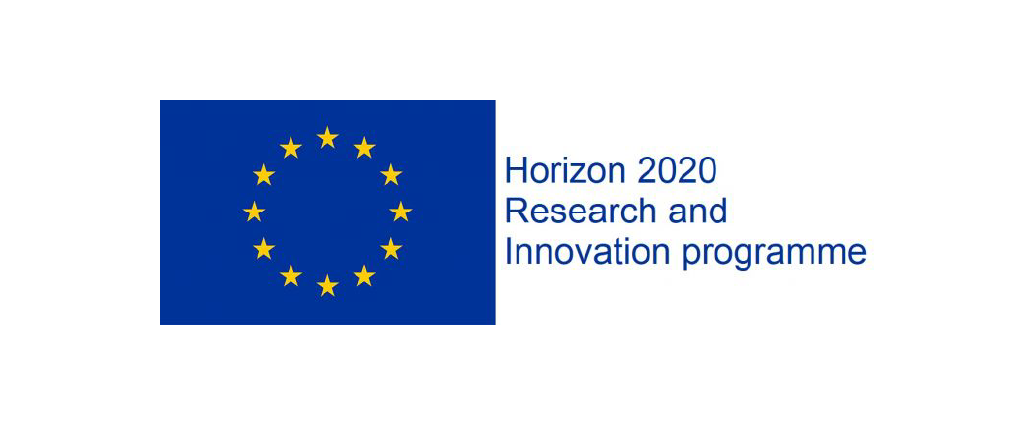Decision Making Process for Constructing Low-Energy Buildings in the Public Housing Sector in Sweden
- Utgivare: Sustainability 2016, volume 8, issue 10, 1072
- År: 2016
- Författare: Åsa Wahlström
- Typ: Artikel
The built environment accounts for a significant share of energy consumption and energy efficiency in this sector is important for the Swedish environmental objectives. Only a limited share of the total new construction of multifamily houses are constructed as low-energy buildings. Current building regulations lay down requirements for energy efficiency for new construction, and these will be tightened further in the future. Public housing companies often aim to be at the forefront, and the public housing sector has now built half of Sweden’s low-energy blocks of flats. Many public housing companies have tried, but it is uncertain if they will, or have, the possibilities to construct
low-energy buildings on a large scale. Twenty public housing companies around Sweden have been interviewed with the aim of identifying obstacles and possibilities to be forerunners and build better than required by the building regulations. The study shows that the public housing companies build better than the law demands and intend to continue doing so. Low-energy buildings are particularly suitable in central locations where land is attractive and the required returns lower. The driving motivation is to be at the forefront and to build green. The new pressure to increase house building can lead to a risk of energy and quality issues being passed over. For the increase in the construction of low-energy buildings to continue, extended, shared and comparable decision making support for
the public housing companies is needed.
Keywords: decision making process; new construction; low-energy buildings; leadership; interviews





